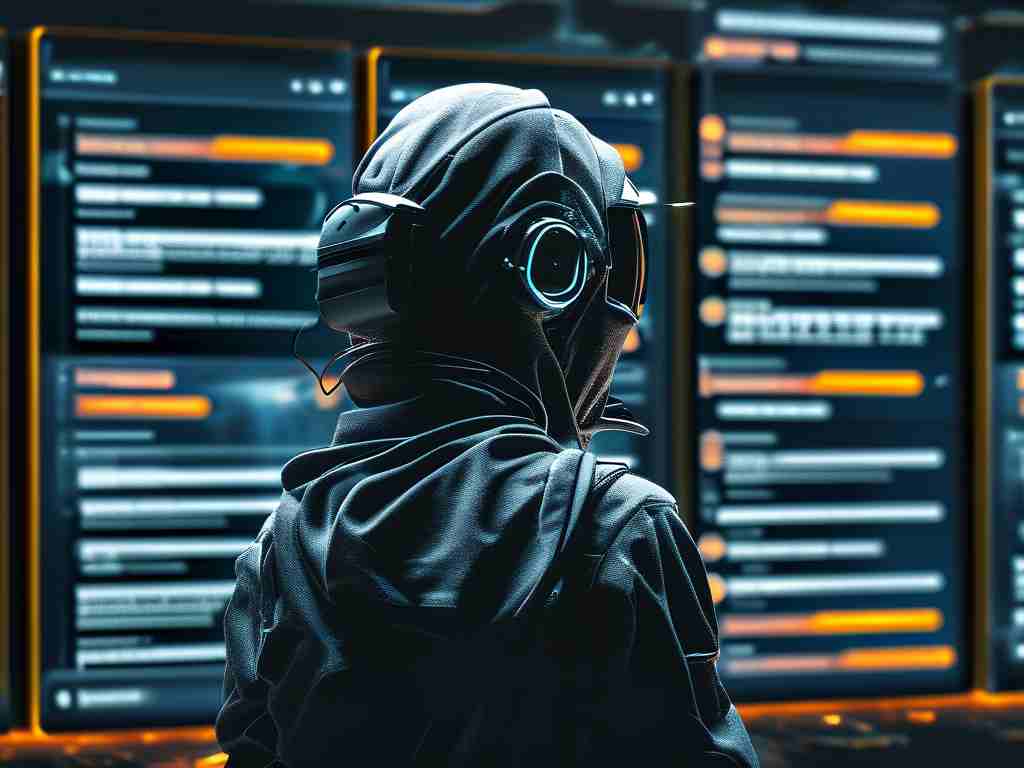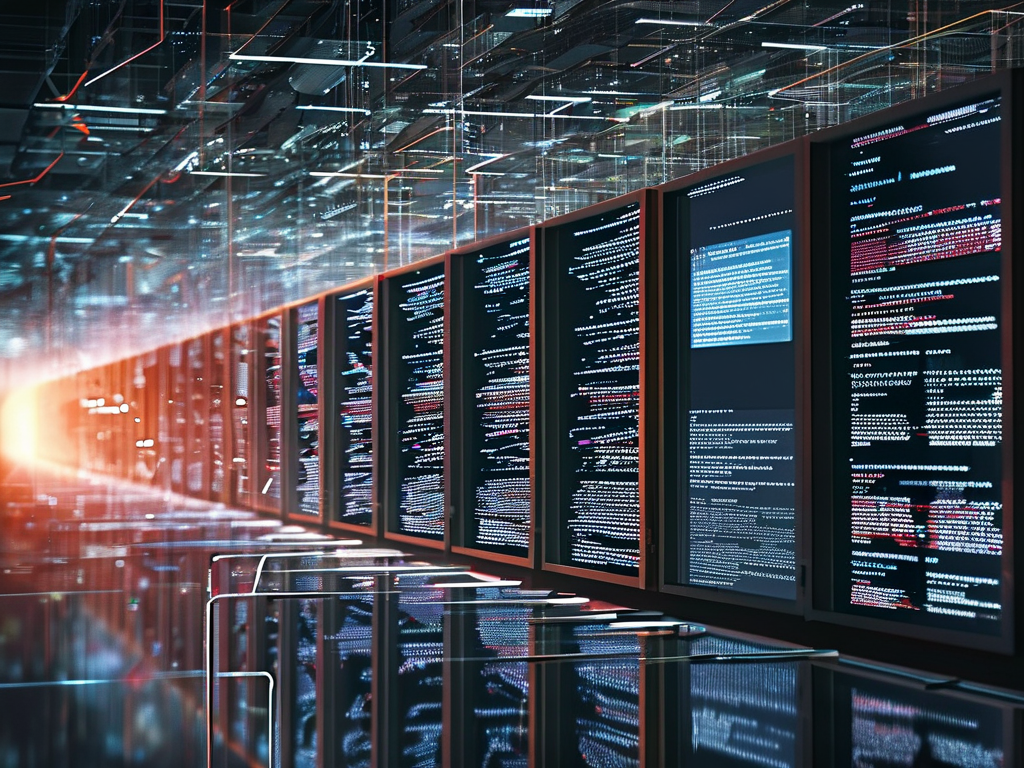Network reconnaissance, a cornerstone of cybersecurity and ethical hacking, involves gathering critical information about target systems to identify vulnerabilities and potential attack vectors. This foundational process enables security professionals and malicious actors alike to map network architectures, discover active devices, and analyze services running on networked systems. In an era where cyber threats evolve rapidly, understanding network reconnaissance techniques is vital for both defense and penetration testing.

Phases of Network Reconnaissance
-
Passive Information Gathering
- DNS Enumeration: Tools like
nslookupanddigextract domain-related data, including IP addresses, mail servers (MX records), and subdomains. - WHOIS Lookups: Public databases reveal domain ownership details, registration dates, and administrative contacts.
- OSINT (Open-Source Intelligence): Social media, forums, and public documents often leak unintentional network details.
- DNS Enumeration: Tools like
-
Active Scanning
- Ping Sweeps: ICMP echo requests identify live hosts within a subnet using tools like
fpingorNmap. - Port Scanning: Techniques such as TCP SYN scans (-sS in Nmap) determine open ports and services without completing full connections.
- Banner Grabbing: Tools like
Netcatretrieve service banners (e.g., Apache version) to infer software vulnerabilities.
- Ping Sweeps: ICMP echo requests identify live hosts within a subnet using tools like
-
Network Mapping
- Traceroute: Identifies the path packets take to reach a target, exposing network topology and intermediary devices.
- SNMP Enumeration: Queries Simple Network Management Protocol (SNMP) agents to extract device configurations and user data.
Essential Tools for Network Reconnaissance
- Nmap: The de facto standard for port scanning, OS fingerprinting, and service detection. Its scripting engine (NSE) automates vulnerability checks.
- Wireshark: A packet analyzer that captures and decodes network traffic, revealing communication patterns and unencrypted data.
- Shodan: A search engine for Internet-connected devices, indexing exposed databases, cameras, and industrial control systems.
- Metasploit: While primarily an exploitation framework, its auxiliary modules support reconnaissance tasks like service identification.
Ethical Considerations
Network reconnaissance walks a fine line between legitimate security auditing and unauthorized intrusion. Ethical practitioners must:
- Obtain explicit permission before scanning networks.
- Adhere to laws like the Computer Fraud and Abuse Act (CFAA) in the U.S.
- Avoid disruptive techniques (e.g., aggressive scans that overload systems).
Defensive Countermeasures
Organizations can mitigate reconnaissance risks through:
- Network Segmentation: Isolate critical systems to limit exposure.
- Firewall Rules: Block unnecessary inbound/outbound traffic and ICMP requests.
- Log Monitoring: Detect scan patterns using SIEM (Security Information and Event Management) tools.
- Obfuscation: Use honeypots to mislead attackers or alter default service banners.
Case Study: Detecting a Botnet
In 2021, a financial institution noticed irregular traffic spikes. By analyzing firewall logs, their team identified repeated Nmap scans targeting port 22 (SSH). Further investigation using Wireshark revealed encrypted command-and-control (C2) traffic to a known botnet IP range. The reconnaissance data helped isolate infected devices and patch an SSH vulnerability exploited by the malware.
The Future of Network Reconnaissance
Emerging technologies like AI-driven anomaly detection and IPv6 adoption will reshape reconnaissance tactics. Attackers may leverage machine learning to automate target profiling, while defenders will deploy deceptive networks (e.g., dynamic honeypots) to confuse adversaries.
Mastering network reconnaissance is indispensable for cybersecurity professionals. By understanding its methodologies—from DNS queries to advanced packet analysis—practitioners can fortify defenses, anticipate attacks, and uphold digital infrastructure integrity. As networks grow in complexity, continuous learning and ethical vigilance remain paramount in this ever-evolving field.









